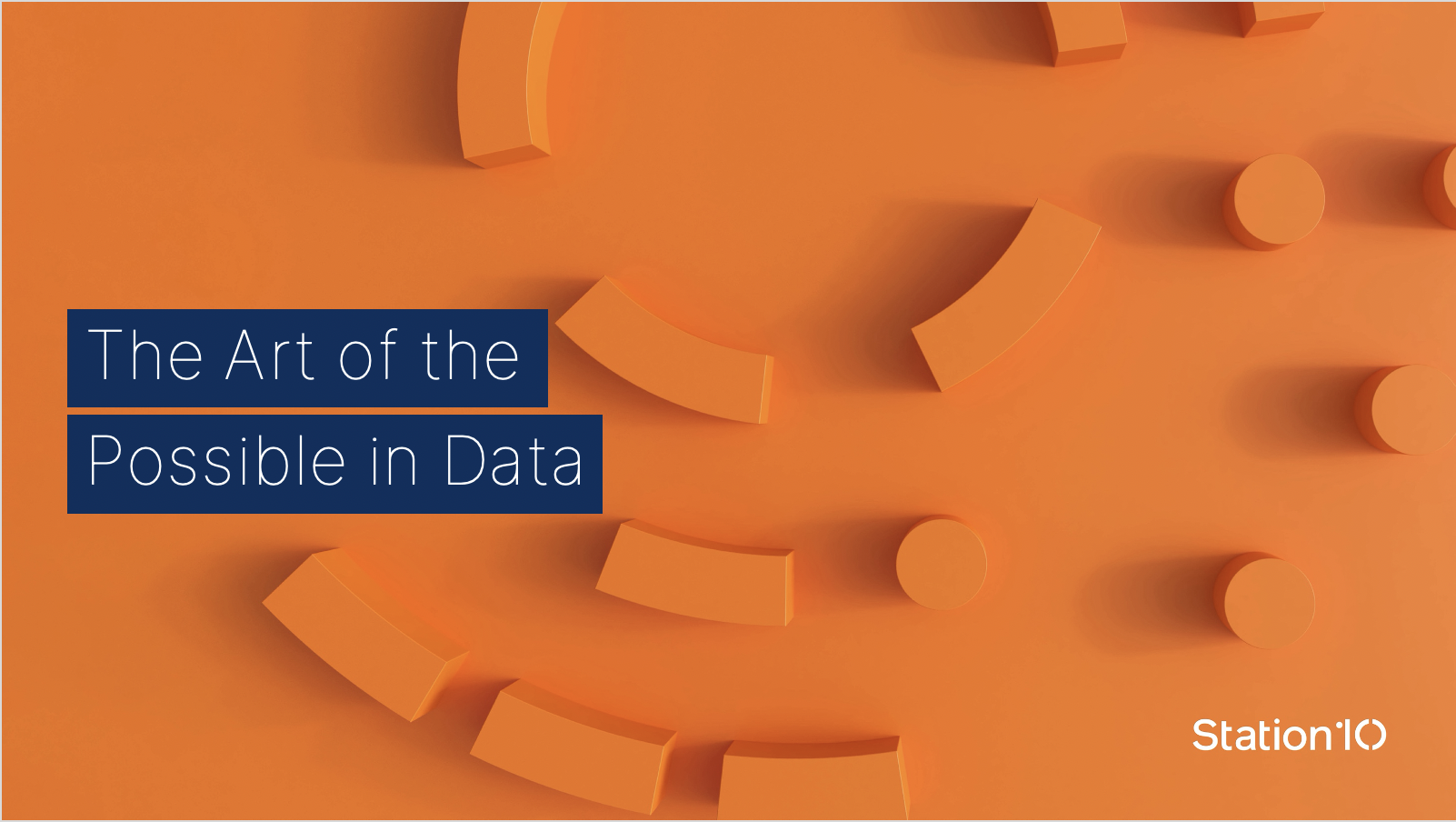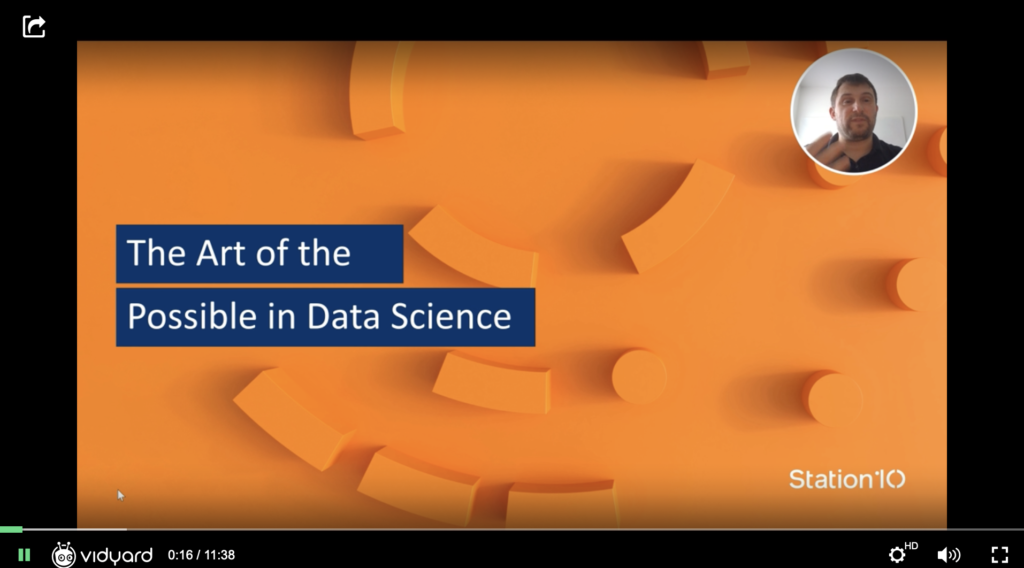The Art of The Possible


We are living in one of the most exciting times in terms of technological developments. As data processing and machine learning advances, the boundaries of its application are widened. The ever-evolving branch of computational algorithms are considered the “work horse” in many organisations across all industries. As alluded to by the title, this blog will briefly explore the applicational possibilities of machine learning with primary focus given to the financial sector.
Natural Language Processing (NLP) is a field that has heavily developed over the last decade. What started out as text classification has progressed to text understanding and most recently, text generation; whereby a robot is able to write an entire article.
Regarding the financial sector, the ability to generate text from data inputs has been utilised to form reports, increasing efficiency and reducing liability of human error. Further progress has been seen with image recognition, where information can be depicted and translated into a lexical format. Application for this can be found predominantly within insurance. For example, digital assets such as satellite imagery can be used to investigate potential fraudulence in insurance claims.
Processes require use of reinforced learning whereby human input in the form of punishment and reward to train models. These are implemented in some cases by inputting annotated images thousands of times so the program can recognise specific objects or trends. An example of this can be found in the Alpha Go program; the first computer program to defeat the Go world champion (professional human gamer). Furthermore, data science within trading has provided gateways to generate competitive advantage. More specifically, reinforced learning has been utilised by leading firms to create advanced signals, maximising financial performance when block trading. Due to the progressive nature of the technology, algorithms can learn from themselves over time by understanding previous signals.
Lastly, recommender systems provide companies with the intelligence needed to target specific audiences at the appropriate time. An example of this being, during the lockdown period many households decided to purchase pets. Data driven from consumer context, behaviour, needs, and preferences enabled pet insurance brokers to target new pet owners with intelligent, personalised offerings. However, it is important to note that recommender systems can be controlled so that unwanted spikes in trends do not skew or change results.
In summary, we are amidst an exhilarating time where machine learning and data utilisation is advancing rapidly. With its application ever expanding, we endeavour to seek new ways in which data can drive positive change to businesses and individuals across the globe.
Watch our summary by clicking here: https://share.vidyard.com/watch/wy1WMhgh2sNSsF3TfPfjRc
Click to arrange a discussion with David Ellis (MD) david.ellis@station10.co.uk or Nick Willis (Commercial Director) nick.willis@station10.co.uk
Book into our next event on the 22nd October as we further explore ‘The Art of The Possible’ here. The Art of the Possible – for you and your business – Station10


